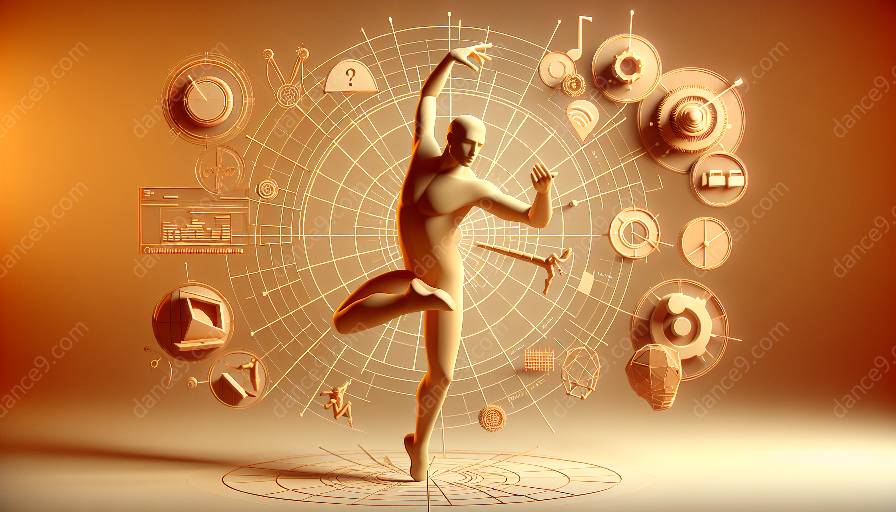When it comes to dance and electronic music performances, the stage design and setup play a crucial role in creating an unforgettable experience for both the artists and the audience. In recent years, there has been a surge in innovative approaches to stage design, incorporating cutting-edge technology, immersive visuals, and interactive elements. Let's delve into the latest trends that are shaping the landscape of live electronic music experiences.
Immersive Visuals and Projection Mapping
One of the most prominent trends in stage design for dance and electronic music performances is the use of immersive visuals and projection mapping. Artists and stage designers are leveraging advanced projection techniques to transform the stage into a canvas, creating mesmerizing visual landscapes that synchronize perfectly with the music. From intricate geometric patterns to larger-than-life 3D visuals, projection mapping adds an extra dimension to the live performance, captivating the audience and enhancing the overall sensory experience.
Interactive LED Installations
Another trend that has gained significant traction in recent years is the integration of interactive LED installations into stage design. LED technology has evolved to offer dynamic and responsive lighting setups that can be synchronized with the music, creating a visually stunning backdrop for the performance. These interactive LED installations react to the music's tempo and mood, providing a captivating visual representation of the sonic journey unfolding on stage. Whether it's LED panels that respond to the beat or interactive light sculptures that move in sync with the music, these installations add an element of interactivity and dynamism to the stage design.
Immersive Stage Environments
Creating immersive stage environments has become a key focus for stage designers and artists aiming to transport the audience into an otherworldly experience. This trend involves incorporating multi-sensory elements such as smoke, lasers, and special effects to transform the stage into a fully immersive environment. By blurring the lines between the physical and digital realms, these immersive stage setups transport the audience into a mesmerizing world that complements the sonic journey of the performance, creating a truly unforgettable experience.
Integration of Virtual and Augmented Reality
With the advancements in virtual and augmented reality technologies, some groundbreaking stage designs now incorporate these immersive technologies to push the boundaries of live electronic music performances. Artists are experimenting with VR and AR elements to create interactive and immersive experiences, allowing the audience to step into a virtual world that complements the music in unprecedented ways. Whether it's transporting the audience to fantastical landscapes or delivering interactive visuals through AR overlays, the integration of virtual and augmented reality is redefining the possibilities of stage design for dance and electronic music performances.
Technological Innovations and Interactive Elements
Beyond visual enhancements, stage design for dance and electronic music performances is witnessing a surge in technological innovations and interactive elements. From kinetic sculptures that react to the music to interactive installations that allow audience participation, these cutting-edge developments are redefining the relationship between the performers, the stage, and the audience. By fostering a sense of co-creation and interactivity, these technological innovations elevate the live performance into a collaborative and immersive experience.
Conclusion
The trends in stage design and setup for dance and electronic music performances are continually evolving, driven by a quest to create transformative and unforgettable live experiences. From immersive visuals and interactive LED installations to the integration of virtual and augmented reality, these trends are shaping the future of live electronic music performances, promising an era of innovation and sensory exploration for both artists and audiences alike.






























